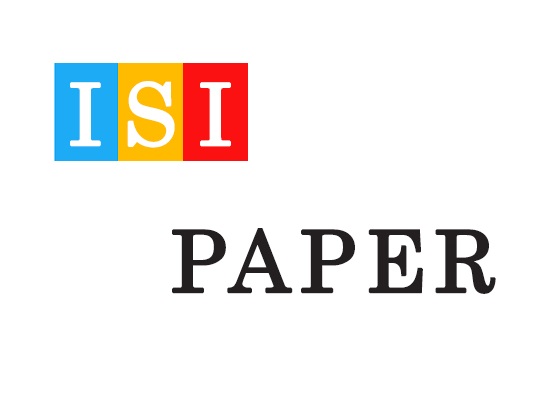دانلود رایگان مقاله ISI درباره تغییر سازمانی،استقرار،تکامل و ساختاربندی
دانلود رایکان مقاله انگلیسی ISI با موضوع حسابداری در خلال تغییر سازمانی بر اساس دیدگاه های مختلف نظری

عنوان فارسی مقاله:
نظریه ساختاربندی و میان برد – یک مطالعه موردی درباره حسابداری در خلال تغییر سازمانی بر اساس دیدگاه های مختلف نظری
عنوان انگلیسی مقاله:
Structuration and middle-range theory—A case study of accounting during organizational change from different theoretical perspectives
دانلود رایگان مقاله ISI با فرمت PDF:
مشاهده توضیحات کامل و خرید ترجمه فارسی با فرمت ورد تایپ شده:
بخشی از مقاله انگلیسی :
3. The organizational context of change: a case study of an electricity supply company
The research focuses on the Electricity Trust of South Australia (ETSA), which used to be the monopoly generator and distributor of electrical power in South Australia. It was originally nationalised by a conservative government. This was a longitudinal study with data collection from late 1993 through to 1998. The main focus of the research was the implementation of a strategic cost management system (an activity based costing (ABC) system) in a specific section of the organization; denoted throughout this paper as “the Department”. Sources of information included internal records and memos, observation of meetings, telephone contact, and conversations. Two periods of semi-structured interviews occurred in 1994 and again in 1997. Eighteen staff were interviewed in 1994 in a range of positions from the manager of the Department to “shop floor” employees. Other data collection included observation of meetings, collecting memos and internal correspondence relating to ABC as well as to management policies in general. ETSA was a large employer with strong community and employee obligations. In 1988 the organization employed its first external CEO who came from the private sector and came in with the intention of reducing the workforce and making ETSA more efficient. “At the core of Robin Marrett’s approach was the sense of convincing ETSA’s staff to move from its engineering-based, bureaucratic structure to a business approach” (Linn, 1996, p. 217). Eventually Robin Marrett, the General Manager, moved to be chairman of the board and was succeeded by Clive Armour who came into the organization from a privately owned utility


